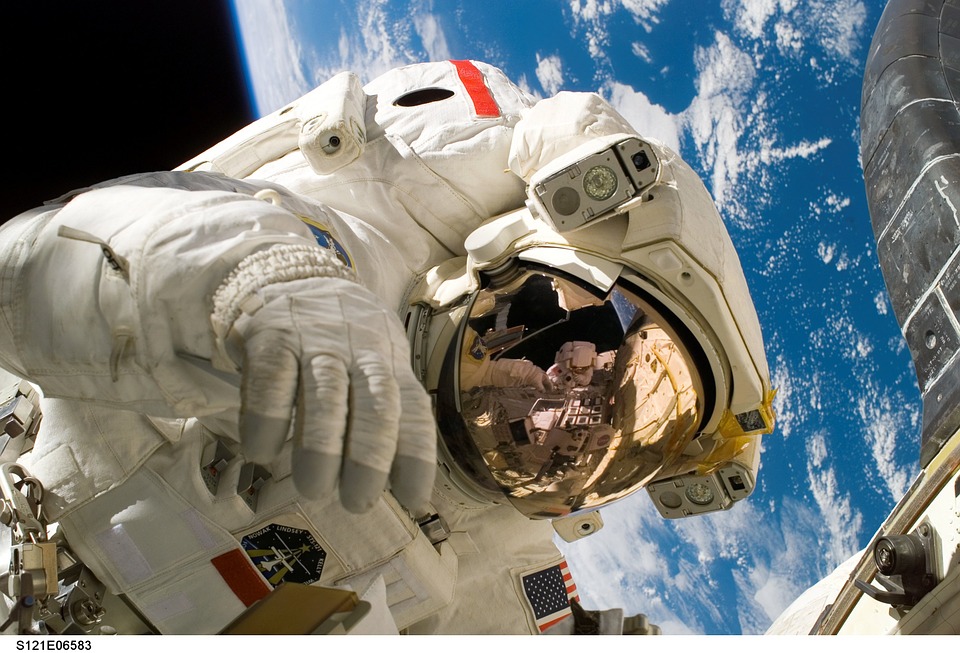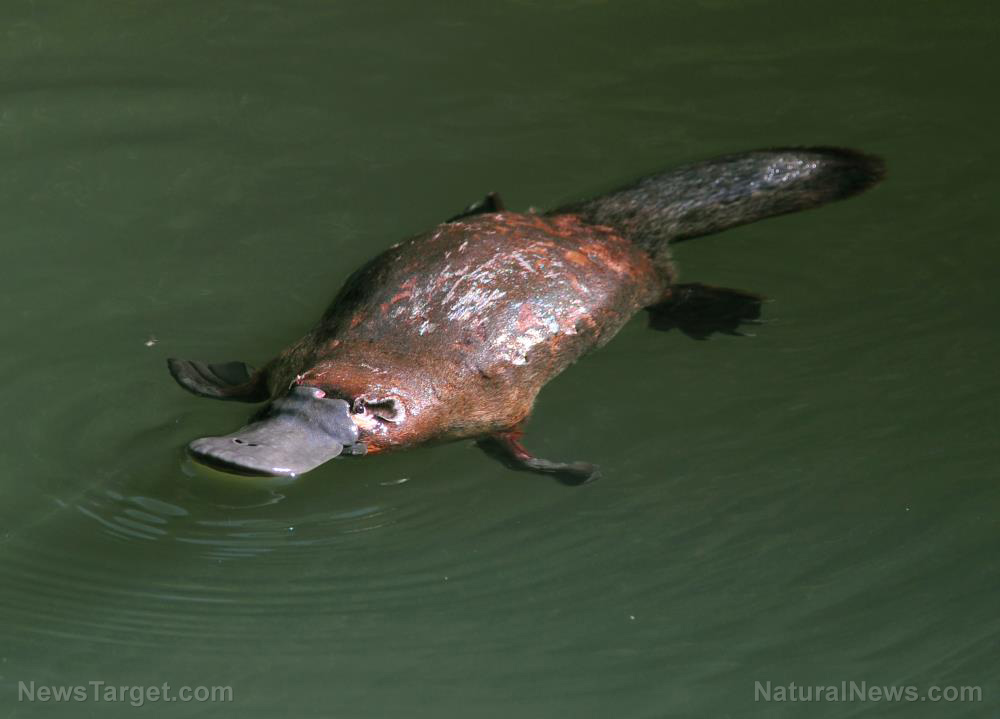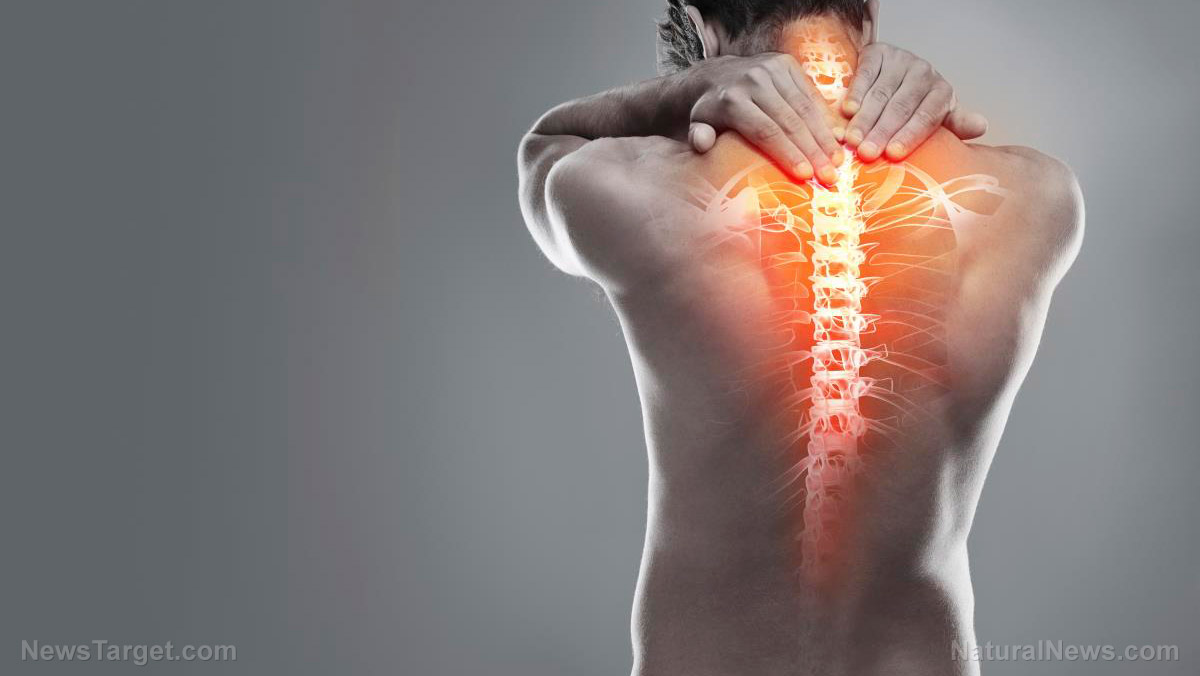Weaker in space: Long-duration spaceflight linked to smaller spinal muscles in astronauts, warns study
03/14/2019 / By Edsel Cook

Researchers are now concerned that spending months in outer space will seriously affect the spinal muscles of astronauts for years after returning to Earth. They found considerable shrinkage and greatly reduced density in the paraspinal muscles of International Space Station (ISS) crew who spent long periods aboard the orbital facility.
“Spaceflight-induced changes in paraspinal muscle morphology may contribute to back pain commonly reported in astronauts,” they wrote in their paper. They further noted that some of the muscle shrinkage and loss lasted for up to four years after the conclusion of the long-endurance missions.
The Massachusetts Institute of Technology (MIT) research team acquired computed tomography (CT) scans of the lower spine of astronauts and cosmonauts who stayed aboard the ISS. The scans were taken before and after the spaceflight missions, each of which lasted for an average of six months.
The paraspinal muscles are responsible for the proper movement and posture of the spine. The researchers compared the scans of these vital muscles, searching for any alterations in the muscle-to-fat ratio and size of the tissues.
Earlier research showed that astronauts who spent months in space lost considerable amounts of mass in their paraspinal muscles. These studies indicated that the muscles will atrophy in the absence of gravity. (Related: Mangosteen and Indian bay leaf may help promote muscle strength.)
Long stays in space shrunk spinal muscles while increasing fatty tissue content
In the 2018 MIT evaluation, the post-spaceflight CT scans showed that the paraspinal muscles of astronauts decreased in size. The shrinkage ranged from a low of 4.6 percent to a high of 8.8 percent for specific muscles.
One year after the missions, the astronauts underwent follow-up evaluations. The new set of images demonstrated that all of the affected muscles regained their normal size.
Furthermore, the CT scans also uncovered large increases in fatty tissue within the paraspinal area. This fat content is inversely related to muscle density, which dropped by as much as 8.8 percent.
Similar to the results on size, most of the paraspinal muscles recovered their normal muscle-to-fat ratio within a year of the mission. However, two specific muscles took much longer to regain their pre-spaceflight density.
The psoas and quadratus lumbus muscles are found alongside the spinal column. They anchor the base of the column to the pelvis. The fat content of these two muscles remained higher than normal, a condition that lasted for up to four years after the astronauts set foot on Earth again.
Physical exercise helped maintain the size of spinal muscles
Individual astronauts underwent different levels of change in their muscle size and density. Some of the muscles seemed to be affected by the exercise routine that an astronaut practiced during his time aboard the ISS.
Before this study, a connection had been made between spaceflight and muscle atrophy. In particular, the muscles that handled posture and balance on Earth suffered greatly in zero gravity environments.
Many astronauts reported minor pain in their backs during spaceflight missions as well as after the return to Earth. These individuals also showed a higher chance of suffering a herniated disk in the spinal column.
The new MIT study conducted the first detailed measurement in the size and density of individual muscles in the paraspinal region. It revealed that certain changes in the composition of muscles took a while to be undone. In particular, the increase in fatty tissue lasted for years after setting foot on Earth once more.
There was some good news. Physical exercise – cycling and resistance training for astronauts aboard the ISS – appeared to benefit some of the paraspinal muscles. Exercise programs could help reduce the harmful effects of zero gravity on the spinal muscles.
Sources include:
Tagged Under: astronauts, exercise, fitness, Gravity, longevity, muscle atrophy, muscles, outer space, space exploration, space travel, Spaceflight, spinal column, zero gravity




















